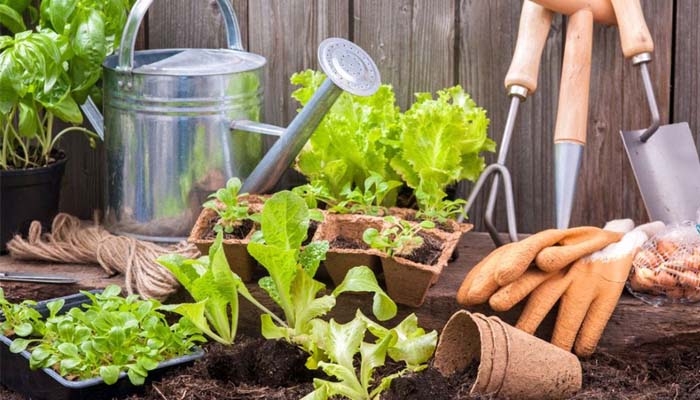
Gardening is a fulfilling and therapeutic hobby that allows you to connect with nature while enhancing your living space. For beginners, starting a home garden might seem overwhelming, but with the right tips and techniques, anyone can cultivate a thriving garden. Whether you have a spacious backyard or just a small balcony, gardening can be adapted to fit any space. The key is to start simple, choose the right plants, and learn as you go. This article provides 8 easy home gardening tips for beginners to help you get started on your gardening journey.
1. Start Small
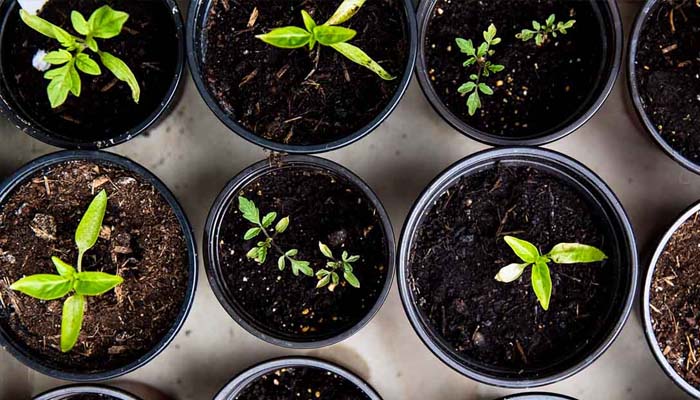
One of the most important tips for beginner gardeners is to start small. It’s tempting to plant a large garden right away, but starting with a smaller, manageable space allows you to learn the basics without feeling overwhelmed. A small garden bed, a few pots on your balcony, or even a window box can be a great way to begin. Starting small helps you focus on learning how to care for your plants, understand their needs, and gain confidence as you see them grow. As you become more comfortable, you can gradually expand your garden.
2. Choose Easy-to-Grow Plants
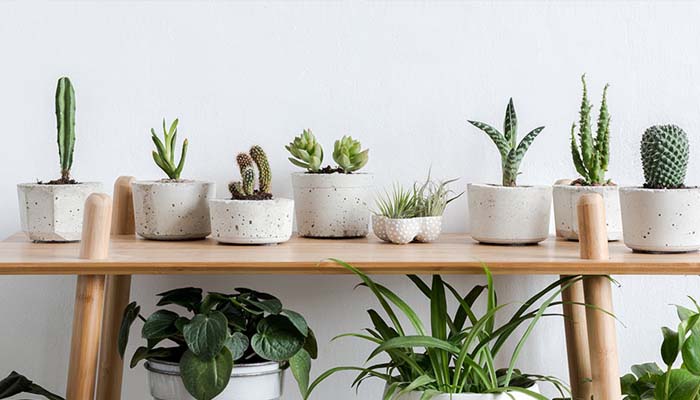
When starting your first garden, it’s essential to choose plants that are easy to grow and maintain. Some plants are more forgiving and can thrive even if you make a few mistakes along the way. Herbs like basil, mint, and parsley, as well as vegetables like lettuce, radishes, and tomatoes, are excellent choices for beginners. These plants are generally low-maintenance, grow quickly, and can provide a sense of accomplishment as you see them flourish. Starting with easy-to-grow plants helps build your gardening skills and ensures a more successful experience.
3. Know Your Soil
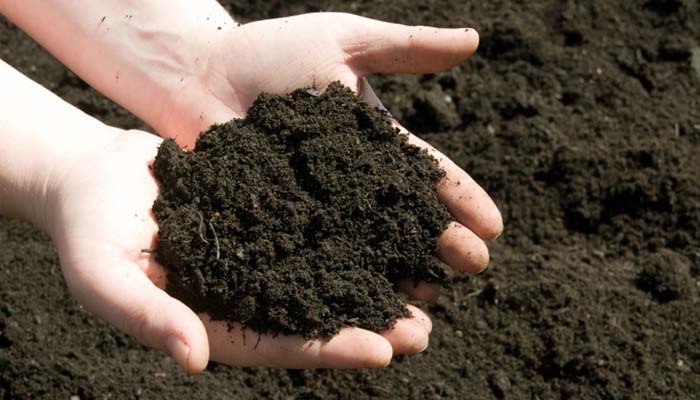
Understanding your soil is crucial for the success of your garden. Different plants thrive in different types of soil, so it’s important to know what kind of soil you have and how to improve it if necessary. Most plants prefer well-draining soil that is rich in organic matter. You can test your soil’s pH and texture using a simple soil test kit, which will help you determine if any amendments are needed. Adding compost or organic matter can improve soil structure, enhance nutrient content, and support healthy plant growth.
4. Water Wisely

Watering is one of the most critical aspects of gardening, and it’s important to get it right. Overwatering and underwatering are common mistakes that can harm your plants. The key is to water deeply but infrequently, allowing the soil to dry out slightly between waterings. This encourages plants to develop strong, deep root systems. It’s also best to water in the early morning or late afternoon to reduce evaporation and prevent water from sitting on the leaves, which can lead to disease. Using a soaker hose or drip irrigation system can help ensure that your plants receive the right amount of water.
5. Provide Proper Sunlight
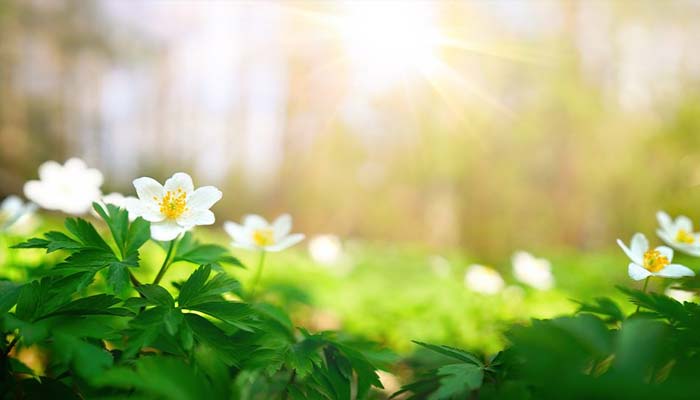
Sunlight is essential for photosynthesis, the process by which plants make food, so it’s important to place your garden in a spot that receives the right amount of light. Most vegetables and flowering plants need at least 6 to 8 hours of direct sunlight each day. Before planting, observe your garden space throughout the day to see how much sunlight it receives. If you have limited sunlight, consider growing shade-tolerant plants like leafy greens, herbs, or certain perennials. Providing the proper amount of sunlight is key to healthy, vigorous plant growth.
6. Mulch Your Garden
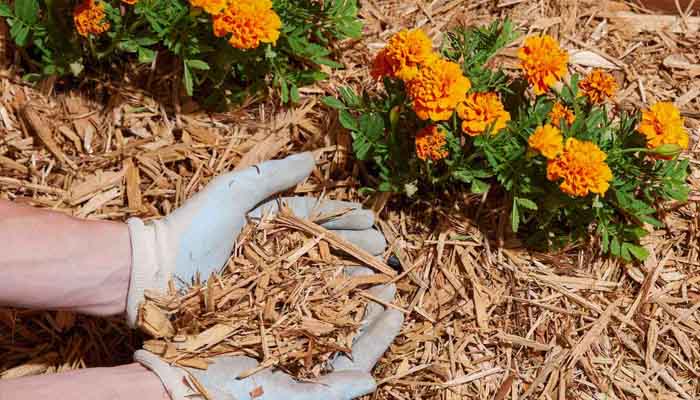
Mulching is a simple and effective way to improve your garden’s health and reduce maintenance. Mulch helps retain moisture in the soil, suppresses weeds, and regulates soil temperature. Organic mulches like straw, wood chips, or compost also break down over time, adding nutrients to the soil. Apply a layer of mulch around your plants, being careful not to cover the stems, to keep the soil cool and moist. Mulching can make a big difference in the success of your garden, especially during hot, dry periods.
7. Practice Companion Planting
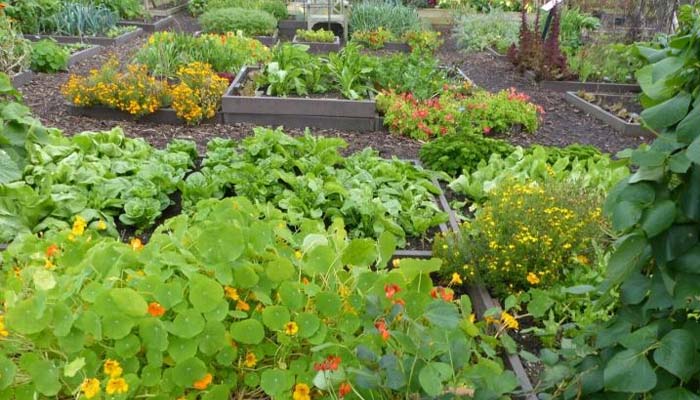
Companion planting is a technique where certain plants are grown together to benefit each other. Some plants can improve the growth of others by repelling pests, attracting beneficial insects, or providing shade. For example, planting marigolds alongside tomatoes can help deter nematodes, while beans can add nitrogen to the soil, benefiting leafy greens like lettuce. Companion planting can enhance your garden’s productivity and reduce the need for chemical pesticides. It’s a natural way to create a more balanced and thriving garden ecosystem.
8. Be Patient and Learn from Mistakes
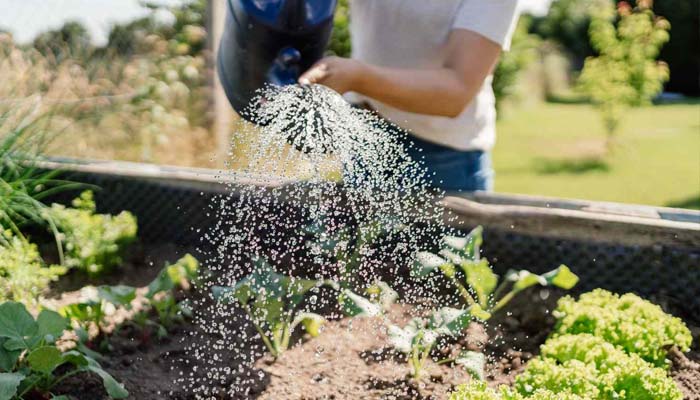
Gardening is a learning process, and it’s important to be patient and not get discouraged if things don’t go perfectly the first time. Plants grow at their own pace, and sometimes weather conditions, pests, or other factors can affect their growth. The key is to observe, learn, and adapt. Keep a gardening journal to track what works and what doesn’t, and don’t be afraid to try new things. Over time, you’ll gain experience and become more confident in your gardening abilities. Remember, every gardener, no matter how experienced, continues to learn and grow with each season.
Conclusion
Starting a home garden can be a rewarding and enjoyable experience, even for beginners. By starting small, choosing easy-to-grow plants, and following these simple tips, you can create a thriving garden that fits your space and lifestyle. Gardening not only enhances your home’s beauty but also provides fresh produce and a sense of accomplishment. Whether you’re growing herbs on a windowsill or tending to a backyard vegetable patch, these easy gardening tips will help you get started on the right foot. Embrace the journey, learn from your experiences, and enjoy the many benefits of gardening.
